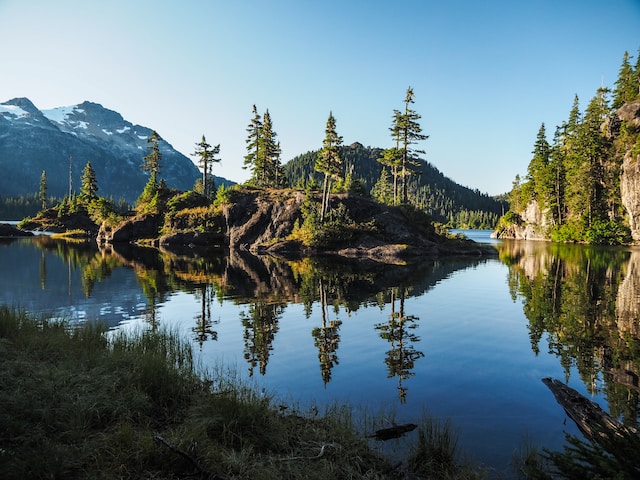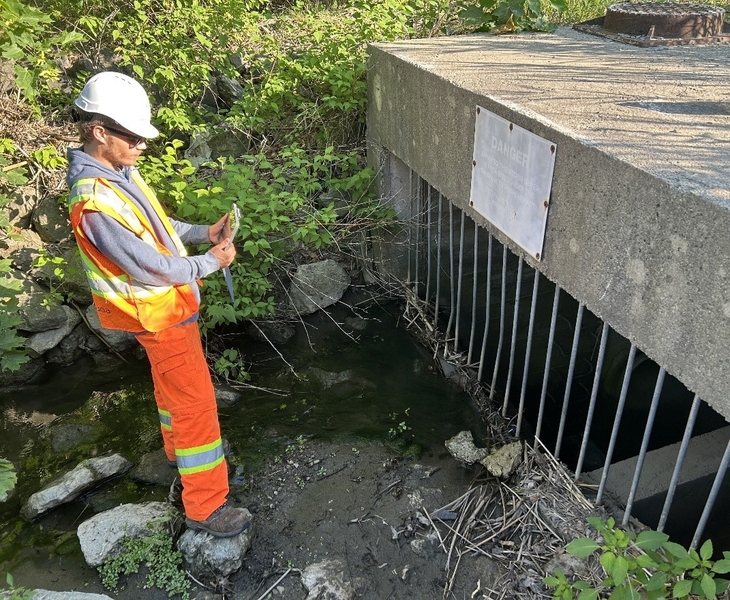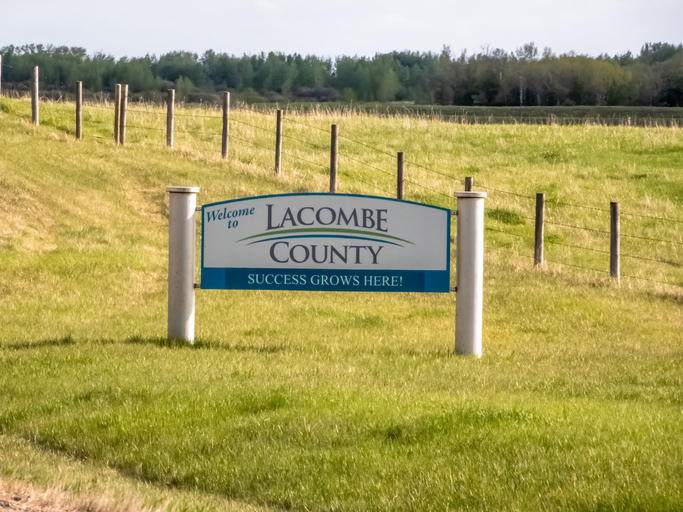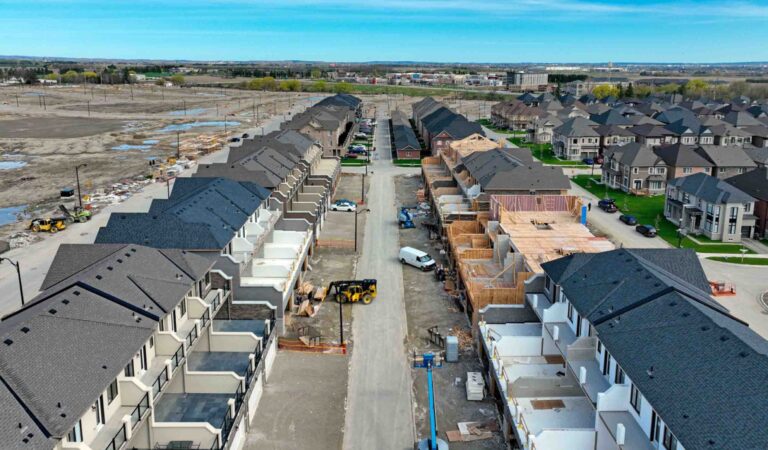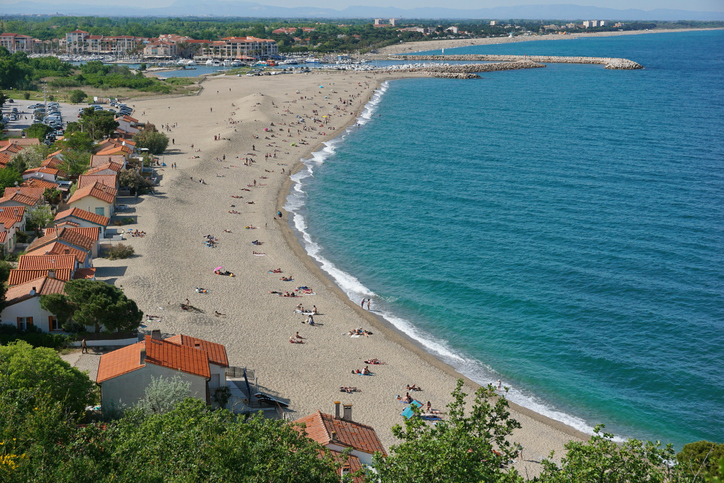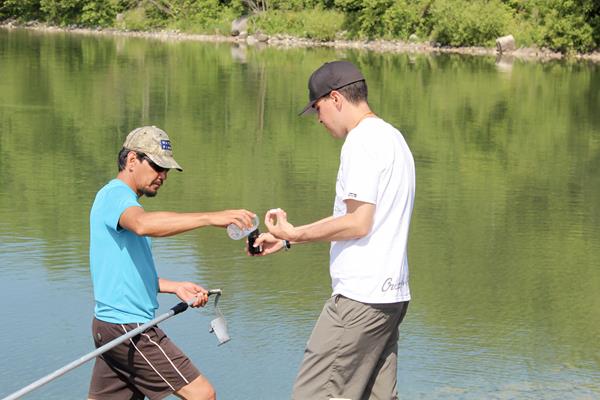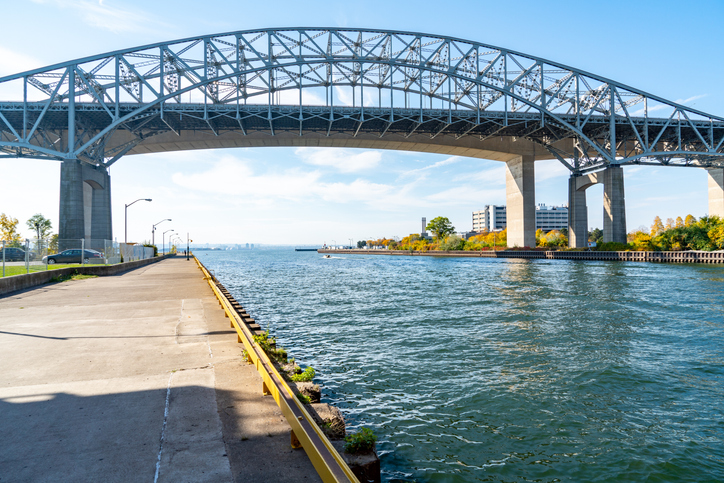Cowichan, B.C. – The Nature Trust of British Columbia (NTBC), in partnership with Cowichan Tribes, Ducks Unlimited Canada (DUC), Ministry of Water, Land and Resource Stewardship, Ministry of Forests, Fisheries and Oceans Canada (DFO), Environment and Climate Change Canada, and Habitat Conservation Trust Foundation announced plans to restore and revitalize 70 hectares of estuarine marshlands along the Cowichan River Estuary on Vancouver Island.
The Cowichan Estuary Restoration Project is the largest estuary restoration project to ever occur on Vancouver Island, aiming to restore vitally important estuary habitat and enhance estuary resilience against rising sea-levels. The project will rejuvenate habitat crucial for the survival of key fish and wildlife species, including wild Pacific Salmon, migratory and breeding birds as well as species-at-risk.
The project will involve the combined removal of over 2 km of dikes at Dinsdale Farm and Koksilah Marsh, the creation of intertidal channels and salt marsh habitat, the restoration of marine riparian and flood fringe forests, and the reconnection of areas that have been historically cut off from tidal influence.
Estuaries are incredibly diverse ecosystems that thrive in a narrow band of elevation and represent the critical areas where the nutrients from the marine and terrestrial environments mix. This nutrient rich environment plays a crucial role in the life cycle of fish, crabs, shellfish, migratory and breeding birds. Estuaries are also powerful carbon sinks with sediments capable of capturing carbon ten times as quickly as forest soils. Local communities benefit from ecosystem services that estuaries provide, such as pollutant filtration and storm surge mitigation.
This project is the culmination of a rich legacy of partnerships amongst conservation agencies and Cowichan Tribes. Beginning in 1985, NTBC, DUC, and partners in the Pacific Estuary Conservation Program, began a campaign to set aside, manage and restore as much of the estuary landscape as possible and have worked closely with Cowichan Tribes and other community partners in stewarding these lands and implementing several restoration and monitoring projects.
Since 2018, the partners have collaborated in implementing an in-depth monitoring program to assess the resilience of the Cowichan/Koksilah estuary to sea level rise, and have worked with consultants on extensive modeling and assessments of the impacts of the historic dike and river training within the estuary. Based on the results of this work, a decision was made by all of the partners to implement the Cowichan Estuary Restoration Project to focus on overall ecosystem health and resilience of the estuary.
The Cowichan Estuary Restoration Project is funded by the BC Salmon Restoration and Innovation Fund (BC SRIF), a contribution program funded jointly by DFO and the Province of BC, DFO’s Aquatic Ecosystems Restoration Fund (AERF), and Cowichan Tribes through the Aquatic Habitat Restoration Fund (AHRF). Thank you to our funders and partners for their dedication and commitment to conservation. We are honoured and grateful for your collaboration and support. The project’s development has also included a Technical/Scientific Advisory Committee composed of leading nearshore scientists from British Columbia and the United States National Estuary Research Reserve System (NERRS).
Thomas Reid, West Coast Conservation Land Management Program Manager shares, “Estuaries are the heart of our coastal landscape and are among the most productive ecosystems on earth. Although they only make up 2.3% of B.C.’s coastline, they support more than 80% of our wildlife, birds, and fish. Sadly, the climate crisis and human activities are threatening their vital processes putting habitat and surrounding communities at risk. This project is an essential step towards restoration of the Cowichan Estuary to conserve biodiversity and protect local communities, now and in the future.”

